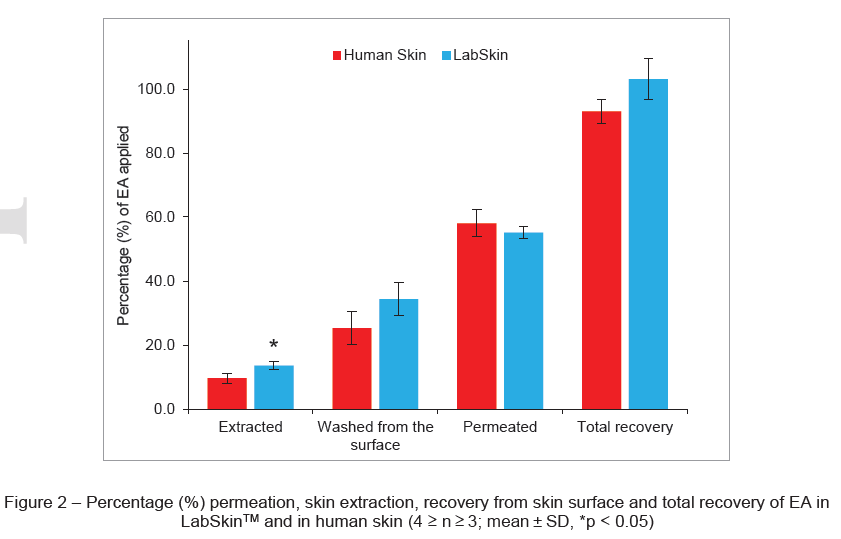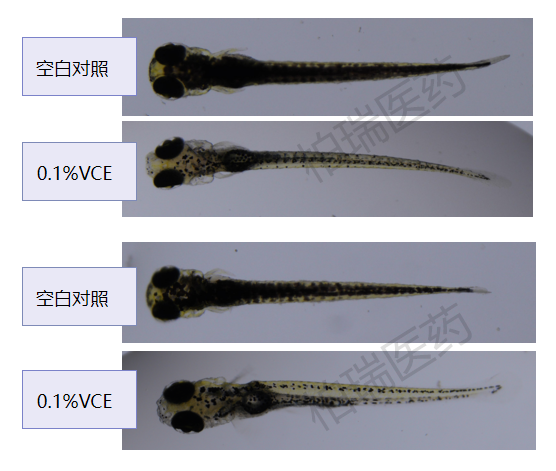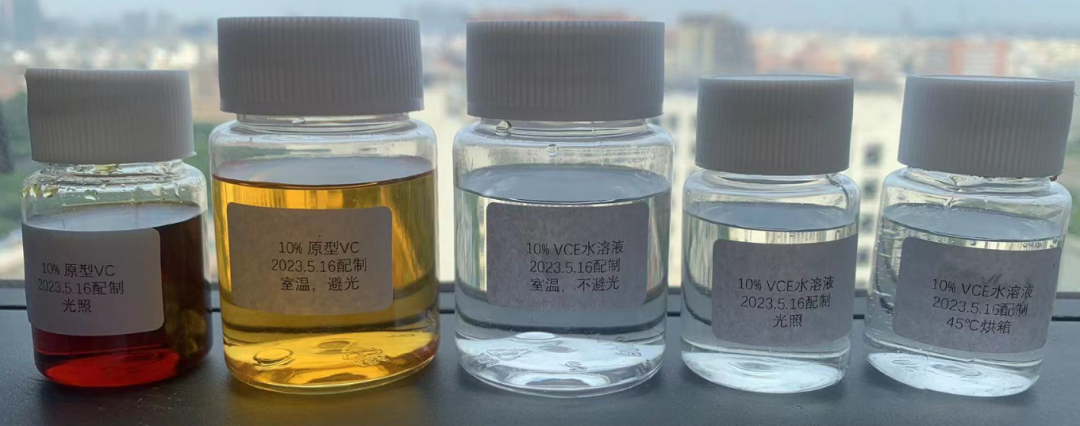Stable Vitamin C derivative | Ethyl Ascorbic Acid
Ethyl Ascorbic Acid
Derived from

Vitamin C (ascorbic acid) has long been recognized as a super antioxidant ingredient with multiple benefits, It can not only inhibit the oxidation of melanocytes and prevent the formation of spots, but also lighten spots, brighten skin tone, promote collagen regeneration, and help the skin resist external damage (skin exposure to ultraviolet (UV) rays produces reactive oxygen species (ROS) and causes adverse effects of oxidative stress, such as DNA damage and suppression of the skin immune system), improve skin fatigue, and reduce yellowing. 。
In addition, vitamin C has been widely used in topical and oral treatments for skin diseases, such as antioxidant, anti-inflammatory, photoprotection, anti-aging, and anti-pigmentation.
However, due to its strong antioxidant properties, it is easily affected by external conditions, leading to inactivation and limitations in skincare products. This is mainly manifested in: discoloration in a short time (colorless aqueous solution turns yellow or even brown), which means inactivation; at the same time, as ascorbic acid, it is relatively acidic (pH value is generally between 2.5 and 3), and direct application is relatively irritating to the skin; at the same time, due to the natural barrier function of the skin, the permeability of water-soluble prototype VC is poor, which is also a factor affecting its use in skincare products.
Researchers are constantly looking for better alternatives, and modifying the prototype ascorbic acid is the preferred method, resulting in different VC derivatives (such as VCE, AA2G, VC-IP etc.). Among these VC derivatives, ethyl ascorbic acid (VCE) is the most cost-effective and stable one.
Ethyl Ascorbic Acid
VCE
INCI: 3-O-Ethyl Ascorbic Acid
3-O-Ethyl Ascorbyl Ether

Ethyl ascorbic acid is a vitamin C derivative in which an ethyl group replaces the 3-hydroxy group of vitamin C, protecting vitamin C from oxidation and preserving its activity. It is a hydrophilic and lipophilic amphoteric vitamin C derivative , which not only makes it easier to use in formulations, but also easily penetrates the stratum corneum into the dermis, where it is broken down by bioenzymes to exert the effects of vitamin C.

VCE is better absorbed
Permeability: Transdermal rate of about 58%
Several researchers from University College London compared the permeability of ethyl ascorbic acid on LabSkin and human skin models. The results showed that the permeability of EA delivered through LabSkin after 24 hours was 55.1 ± 1.8%. The permeability in human skin was similar, accounting for 58.0 ± 4.2% of the applied dose (p>0.05).

It has a clear whitening and freckle-removing effect
In the article "The Anti-Ageing and Whitening Potential of a Cosmetic Serum Containing 3-O-ethyl-L-ascorbic Acid", the spot-lightening ability of a combination of 30% ethyl ascorbic acid and 1% lactic acid was evaluated. The study was conducted on a reconstructed human pigmented epidermis (RHPE) model. The results showed that the melanin content in the control group was 20.0 μg/mL, while the melanin content in the experimental group was reduced to 16.60 μg/mL, a significant reduction of 17.10%.
Summary of VCE Efficacy
01, Inhibits tyrosinase activity, inhibits melanin formation, reduces melanin to colorless, effectively removes spots and whitens skin, improves dull skin, and gives skin elasticity.
02, It has excellent antioxidant effects in cosmetics, ensuring the utilization of vitamin C. Compared with the prototype vitamin C, ethyl ascorbic acid is very stable and does not easily discolor.
03, Strong antibacterial and anti-inflammatory effects, and resistance to inflammation caused by sunlight.
04, After entering the dermis, ethyl ascorbic acid directly participates in the synthesis of collagen, repairing the activity of skin cells, increasing collagen, making the skin plump and elastic, and making the skin delicate and smooth.
05, It has both lipophilic and hydrophilic structures, is easily absorbed by the skin, and can reach the dermis directly.
06, Good stability, resistant to light, heat, acid, alkali, salt, and air oxidation.
Whitening Efficacy Test

Stability Test Comparison
BeriCos® VCE has strong stability
Test object: 10% VCE aqueous solution
Test content: Placed at room temperature/windowsill light/45℃ oven
Test duration: May 16, 2023 - September 5, 2023 (>3 months)
Test results: As shown in the figure below, the 10% VCE aqueous solution, without any protective agent or pH adjustment, did not undergo any color change under high temperature or light conditions; in contrast, the 10% prototype VC aqueous solution showed obvious color changes.

Ethyl Ascorbic Acid
If you are interested in our products, please feel free to contact us for information or samples.
We will arrange sample delivery or a visit for exchange as soon as possible.


Welcome to follow our company's WeChat official account to learn more about the latest product information!
More Explore






